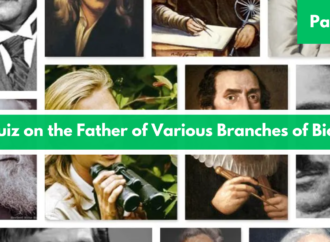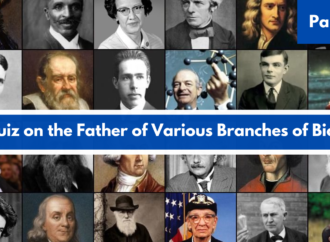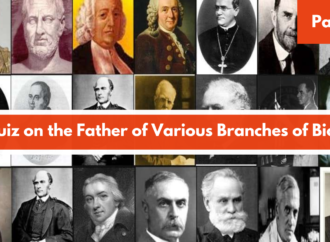Leonard Hayflick, a highly respected biomedical researcher, passed away at 98 on August 1, 2024. He is best known for his groundbreaking discovery about how cells divide and age, a finding that has significantly advanced our understanding of biology and the aging process.
What is the Hayflick Limit?
The Hayflick limit is a concept that explains how many times a normal cell in the human body can divide before it stops. Typically, a cell can divide between 40 and 60 times. Leonard Hayflick discovered this phenomenon in 1961, revealing that human cells have a finite lifespan. The reason cells eventually stop dividing is due to a part of their DNA called telomeres. Telomeres are protective caps at the ends of chromosomes, and each time a cell divides, these telomeres get shorter. When they become too short, the cell can no longer divide. However, some cells, like germ cells (which produce eggs and sperm) and stem cells, have an enzyme called telomerase that can rebuild the telomeres, allowing them to keep dividing. Hayflick’s discovery of this limit has been crucial in studying aging and diseases like cancer, where cells behave abnormally.
How This Discovery Changed Our Understanding of Aging
Hayflick’s discovery was revolutionary because it showed that external factors like diet or illness do not just influence aging. Aging is also deeply connected to internal biological processes within our cells. As cells reach their division limit and stop functioning properly, the overall health and functioning of the body decline, which is a major aspect of the aging process.
Observations Across Different Species
Further research inspired by Hayflick’s work found that the number of times cells can divide before they stop varies among different species. For example, cells from Galapagos turtles can divide around 110 times, which is much more than human cells. In contrast, cells from lab mice only divide about 15 times. This variation suggests that each species has its own biological clock, influencing how long they live.
About Leonard Hayflick
Leonard Hayflick was born in 1928 and pursued his studies at the University of California, San Francisco. He made significant contributions to our understanding of how cells age, demonstrating that cells cannot divide indefinitely, which challenged earlier scientific beliefs. His research has been pivotal in advancing the fields of genetics, cancer research, and regenerative medicine. He also highlighted the crucial role of telomeres, the protective parts of our DNA, in determining how long cells can continue to divide. Hayflick’s work has left a lasting impact on science and our understanding of aging.
















